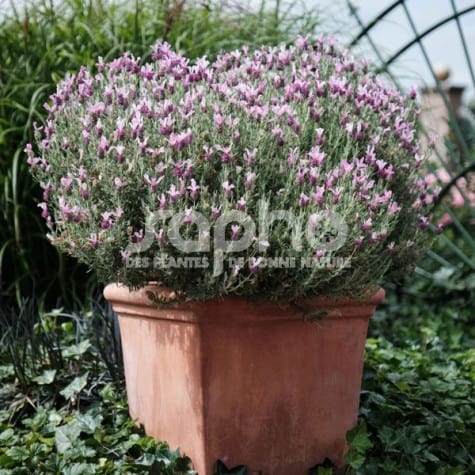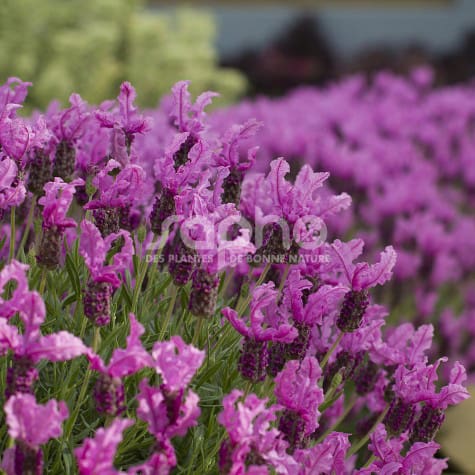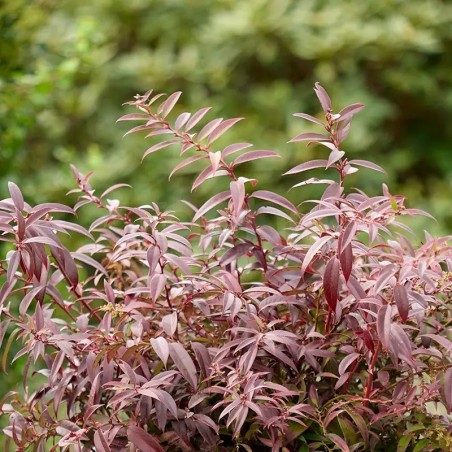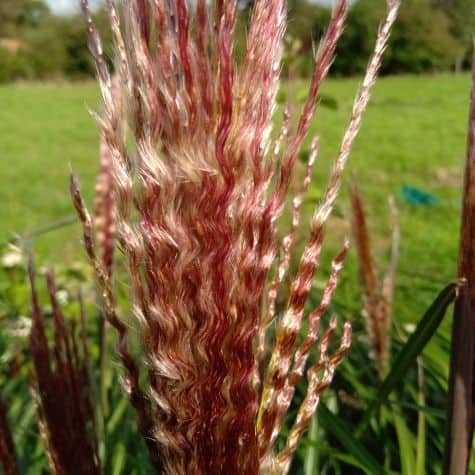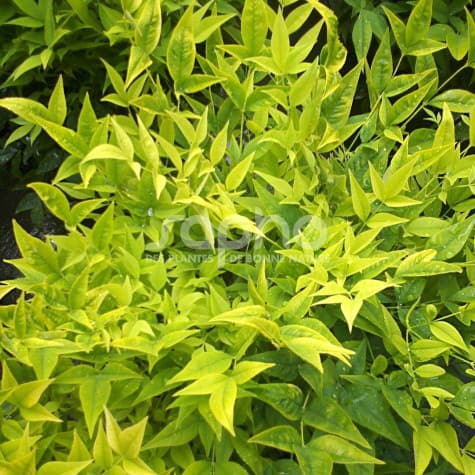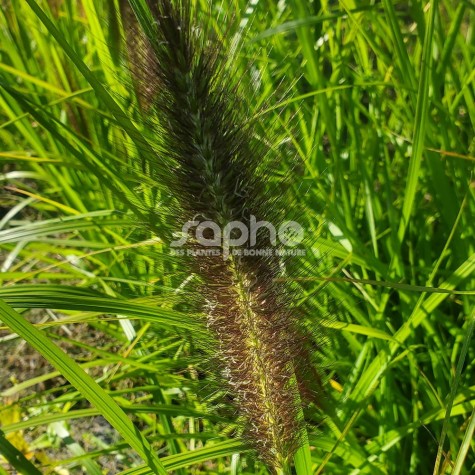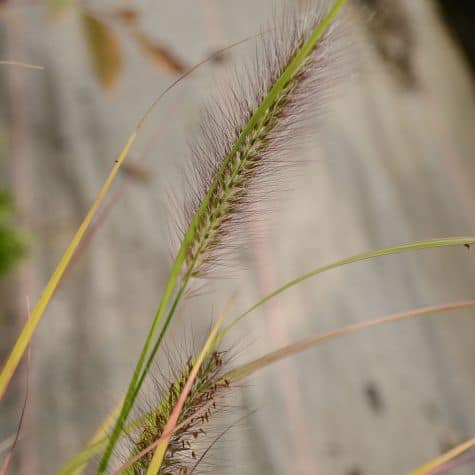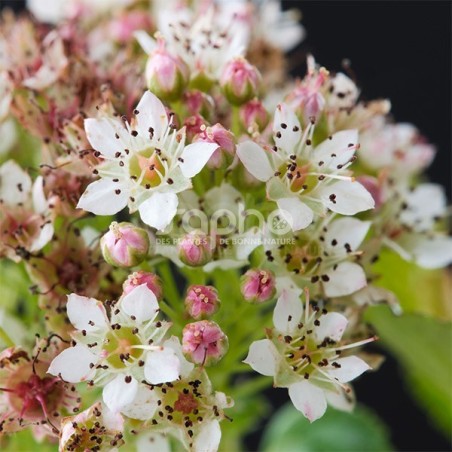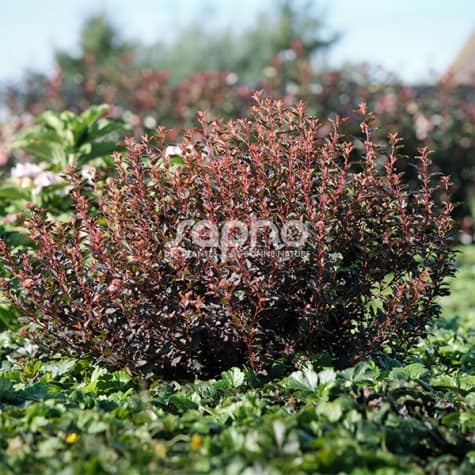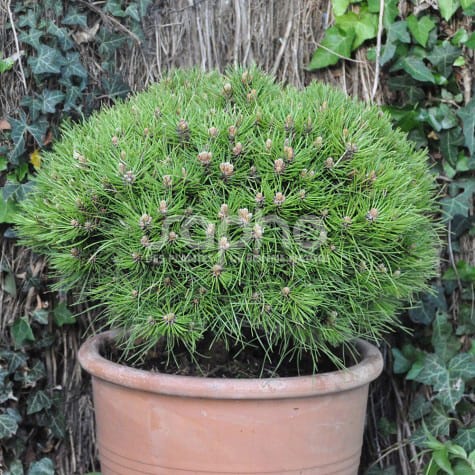A fragrant pink cushion that never stops blooming!
MAGICAL® Posy Pink lavender is a very compact variety that forms a round cushion of flowers! It blooms abundantly and remontantly in pink, offering pretty colors from late April to late September.
What's more, its fragrance attracts many insects!
This is a robust variety, selected for its resistance to humidity and heat.
Filter By
Foliage
Where to find Sapho plants ?
For young plants
You will find the names of Sapho-licensed nurserymen at the bottom of each variety sheet.
For available plants
Please ask your nursery suppliers.
Each licensed propagator is free to market his young plants to all his customers.
Categories
Menu
All our varieties
A pretty, fragrant purple cushion that never stops blooming!
MAGICAL® Posy Purple lavender is a very compact variety that forms a round cushion of flowers! In fact, its purplish-blue blooms are very abundant and remontant, offering pretty colors from late April to late September.
What's more, its fragrance attracts many insects!
It's a robust variety, selected for its resistance to humidity and heat.
A real improvement among the French-LavendersTHE PRINCESS® Lavender, a real improvement in the French Lavender family is remarkable for the intensity of its bright pink flowering. Abundant, scented, it starts early in April-May, then continues during the summer with its numerous new flowers, facilitated by pruning.The aromatic evergreen foliage is grey-green.The tight and compact shape of this very attractive selection allows it to be used in beds of reduced dimensions, as a low hedge, planted 50 cm apart, or also grown in a large pot.Trophies: Plant of the year 2014 Nursery & Garden Industry australia awards : national winnerWinner Product innovation 2013 the Australian Business Awards
Beautiful evergreen foliage with changing colours
Young flamboyant red shoots contrasting with glossy green foliage
In autumn, the entire plant takes on deep wine-red autumn colours that persist throughout the winter
Selected by a nurseryman for its ease of cultivation, it grows well and is healthy
Interesting all year round, ideal for undergrowth or shady slopes, can also be planted in tubs or pots
A flamboyant Miscanthus in late summer
This grass has red flowers with pink highlights, appearing in summer and providing a superb contrast to its dark green foliage with silvery-white stripes.
In autumn, the colors of the stems and foliage change to reddish tones.
It's a strong, vigorous plant, with dense branching from an early age.
It can be used as an isolated plant, in a bed or as a plant screen.
A beautiful red autumn colour that lasts until the coldest weather
This grass has a red spike-like bloom that appears in summer, contrasting with its green, white-ribbed foliage.
In autumn, the foliage and stems take on an intense, long-lasting reddish hue.
Miscanthus can be used in the ground, as an isolated plant, in a bed or as a plant screen.
In springtime its chartreuse coloured leaves are very attractiveA Nandina with a brand-new colour! The new shoots are yellow-green, chartreuse or also lime green and very bright. In full sun the outer leaves keep their chartreuse colour, whereas the inner leaves turn light green.Its shape is very interesting, forming a bushy and branched little shrub of under 1 m, like a ball.It never flowers, or very seldom.Recommended to illuminate the darker parts of the garden in the spring, it also accepts to be grown in pots.Trophies: Gold medal at PLANTARIUM 2014 (Boskoop - NETHERLANDS)Honored with a Retailer's Choice Award™ at SNA 2014
Charming black panicles contrasting with a green foliage
This variety of pennisetum has large, red-tinged spikes that turn purple-black.
The spikes appear abundantly, covering the entire plant from summer to late autumn.
It forms a rounded clump with narrow, glossy green foliage.
Use in beds, in association with other perennials or shrubs.
Red-purple green foliage, an original color for a Pennisetum!
This perennial grass's foliage takes on magnificent red hues in late summer and autumn.
Its early flowering remains decorative all summer long, in the form of large spikes.
It has a compact habit, is hardy and requires little water.
It adapts perfectly in combination, in a bed, rockery or tub.
A physocarpus with golden foliage
Raspberry Lemonade® is a highly flowering, melliferous physocarpus variety with a compact, upright habit and dense branching that doesn't spread.
Its fine, golden-green leaves do not burn in the sun. Its white blossoms are followed by small, brightly-colored coral-red fruits.
It's an easy plant, requiring little maintenance or pruning.
A shrub with cheering flowers in late summer!
Sweet Cherry Tea® is a highly flowering, melliferous physocarpus variety with a compact, upright habit and dense branching that doesn't spread.
Its fine leaves are brightly colored, evolving from orange-red spring foliage to purple. Its dark pink flower buds bloom light pink, with a mid-summer flush of flowers.
It's an easy plant, requiring little maintenance or pruning.
A beautiful regular ball of 0,80 m high (fully grown).
Growth rate is 5 - 9 cm per year, slower than 'Pierrick Bregeon'.
Forms a compact dense mound.
Light green needles of up to 10 cm, can naturally and slightly turn yellow in winter. Spiraling needles at maturity. Viability of the needles: 3 to 4 years.
Small grey buds with a pointy tip
No resin production.
Like all the other varieties of the pine range, registered by H. BREGEON, its reduced growth allows this pine to be grown in pots, on terraces and on balconies, as well as in small modern gardens.

